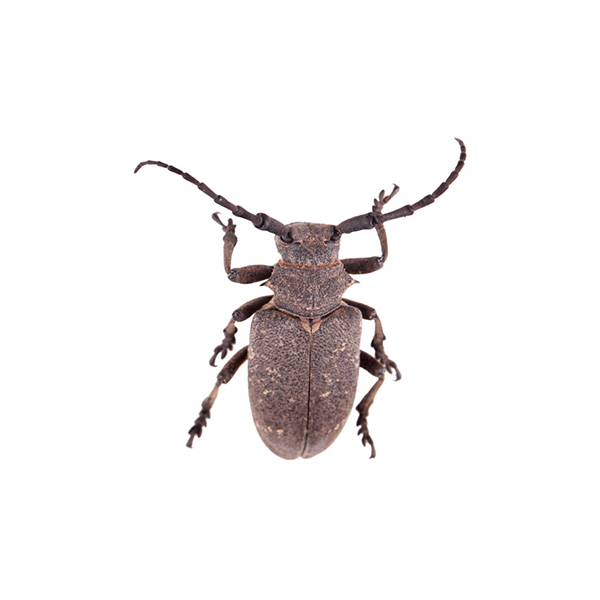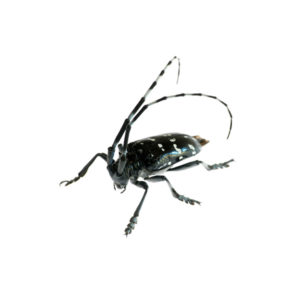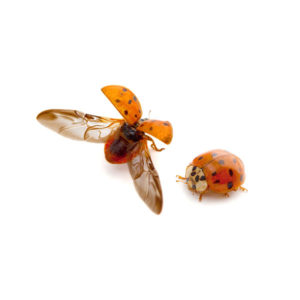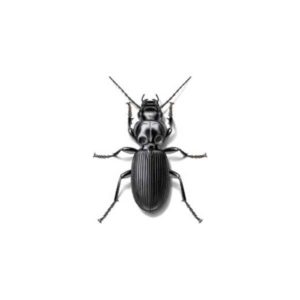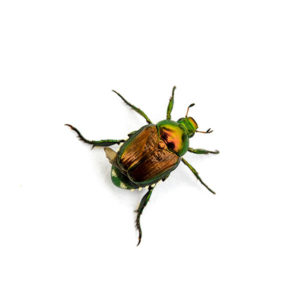Bark Beetle Identification
There are more than 600 bark beetle species in the United States, with over 200 of those in California alone. Twenty of those are considered invasive species, 10 of which are yet to be discovered. Even though there are so many different species, bark beetles are typically brown, black, or dark red with cylindrical-shaped, tough-shelled bodies that are approximately the size of a grain of rice. Bark beetle bodies comprise of their eyes, a pair of antennae, two pairs of wings, and three pairs of legs. Another characterization of bark beetles is their mandibles or jaws, that move like scissors as they chew through the bark. Because there are so many species, they are most easily identifiable by the damage they cause and hosts they frequent.
Bark Beetle Behavior
Bark beetles were named as such due to their habit of living and mining between the wood and bark of trees and shrubs. Adult females lay their small, oval-shaped eggs in galleries or tubes that were bored between the inner bark and outer wood of the tree. When the eggs hatch and become larvae, they feed on the phloem and other nutrient-rich fluids from the tree and eventually transform into pupae. After they reach the adult stage, they either re-infest the same tree or seek out another susceptible tree.
Are Bark Beetles Dangerous?
Although bark beetles are not directly dangerous to humans, they are still considered a tiny but serious threat to a variety of habitats. They most often attack trees that are suffering from drought, disease, or other stressors, and have been known to contribute to the eventual death of trees. In North America, the southern pine beetle and the mountain pine beetle pose the biggest threats to conifer forests. In 1996, the first outbreak affected nearly 4 million acres of forests in Wyoming and Colorado.
Bark Beetle Control
Once bark beetles have fully infested a tree, little can be done to totally revive the tree. Because they reside in the protected part beneath the bark, it is difficult to control them. Bark-beetle-infested limbs should always be pruned and disposed of, and the entire trunk may need to be removed if the damage is too extensive. There are several prevention tips that are helpful to know:
Avoid transplanting the tree or causing it too much external stress from improper planting or lack of care.
Avoid injuries to the roots and trunks of trees and protect trees from sunscald.
Consider irrigating the tree during dry summer months in drought years.
Properly prune infested limps and carefully dispose of them.
Some of the signs of an attack include pitch tubes, boring dust, grub-covered bark, frequent woodpeckers, and a blue-colored fungus. One infested tree can quickly lead to another in the same area if the problem is not dealt with early on, which is why you should always contact a professional when you notice the signs of bark beetles.
Need help with bark beetles?
We'll call you! Leave your information below.

